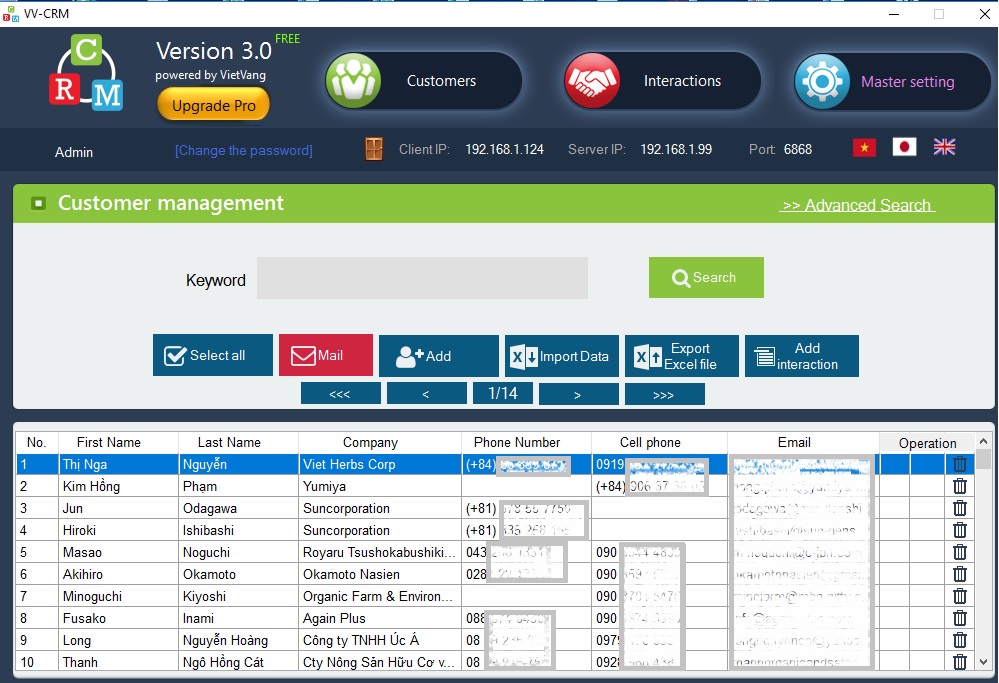Circular No. 32/2011/TT-BTC dated March 14, 2011
1. Concept of electronic invoice
Electronic invoice is a collection of electronic data messages about the sale of goods and provision of services, created, created, sent, received, stored and managed by electronic means (computer system).
2. Benefits of using electronic invoices for users
- Reduce printing, sending, preservation and storage costs;
- Limit risks related to fire/loss of invoices
- Convenient for accounting, data comparison, and business administration;
- Shorten payment time because creating, sending/receiving invoices is done through electronic means;
- Modernize corporate governance.
3. Roadmap for mandatory use of electronic invoices
Phase 1 (from January 1, 2018)
The invoice user group transfers data to the tax authority
These are businesses and public service units that have used electronic invoices since they had tax codes and periodically transferred invoice data to tax authorities, including:
- Enterprises are established according to legal regulations in industrial parks, economic zones, export processing zones, and high-tech zones.
- Public service units have production and business in accordance with the law.
- Enterprises and banks with charter capital of VND 15 billion or more calculated based on the amount of capital contributed up to the time of notification of invoice issuance, including branches and affiliated units in other provinces and cities with main headquarters for declare and pay VAT..
Group of users of electronic invoices with tax authority codes
The following businesses and organizations use electronic invoices with tax authority codes including:
- Newly established businesses (excluding businesses in the group that use invoices to transfer data to tax authorities)
- Businesses and organizations that are buying invoices from tax authorities include: Enterprises violating the management and use of invoices; Enterprises at risk according to the tax authority’s announcement and other organizations and enterprises that are subject to purchasing invoices from the tax authority before January 1, 2018 must use electronic invoices with tax authority codes according to the tax authority’s notice. tax office..
Phase 2 (from January 1, 2019): 30% of remaining businesses and organizations.
Phase 3 (from January 1, 2020): 80% of businesses and organizations use electronic invoices and electronic invoices with tax authority codes.
4. Process for creating authentic electronic invoices
- Step 1: Register to issue invoices
Prepare:
To register to issue electricity bills, businesses need to prepare documents and facilities including:
- Digital signatures
- Computer system with internet connection
Register the invoice symbol expected to be issued
Registration for release:
The enterprise fills in the information according to the form, then signs the invoice issuance notice with a digital signature and sends it to the tax authority’s receiving system.
After checking, the tax authority’s receiving system will return the issuance registration results to the business on the same day and possibly immediately.
If the issuance notification is not successful, the enterprise reviews its invoice symbol number template, edits it for accuracy or registers another invoice symbol number template and sends it back to the receiving system of the company. tax authorities..
- Step 2: Create and issue invoices
Create
After receiving the notification of successful registration, businesses can immediately issue electronic invoices. With this form of invoice, printing and issuing invoices will be done based on the existing infrastructure and facilities system. Software for creating invoices can be developed by the business itself and reported to the tax authority or used by a third-party intermediary.
Released
Unlike printed red invoices, authentic electronic invoices can be sent directly to customers through many different forms. Forms that can be applied to deliver and receive invoices include: email, text message, fax… In addition, businesses can also print and send directly to customers in the traditional way. when customers have needs..


